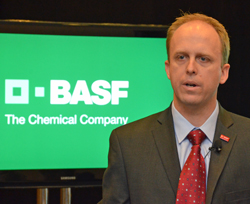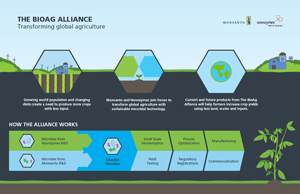 AgGateway, a non-profit consortium of businesses that works to promote, enable and expand eBusiness in agriculture, announced the launch of a redesigned website for the Agriculture Industry Identification System (AGIIS) at www.agiis.org. The new AGIIS website has improved design, navigation and functionality across a full suite of web browsers.
AgGateway, a non-profit consortium of businesses that works to promote, enable and expand eBusiness in agriculture, announced the launch of a redesigned website for the Agriculture Industry Identification System (AGIIS) at www.agiis.org. The new AGIIS website has improved design, navigation and functionality across a full suite of web browsers.
About 150 agricultural companies currently subscribe to the AGIIS directory, which serves as the fundamental building block for efficient electronic interactions between ag companies. AGIIS provides a repository for industry common data elements; today, AGIIS contains 4.8 million uniquely identified entities (Businesses, Consumers, and Locations) and over 60,000 agricultural product codes, including crop protection chemicals, seed and fertilizer products.
Companies use the standardized information in AGIIS to conduct business more efficiently with their trading partners. Entity information in AGIIS is maintained by the subscriber community, including agricultural retailers, distributors, product manufacturers and associated business providers serving the ag community.











